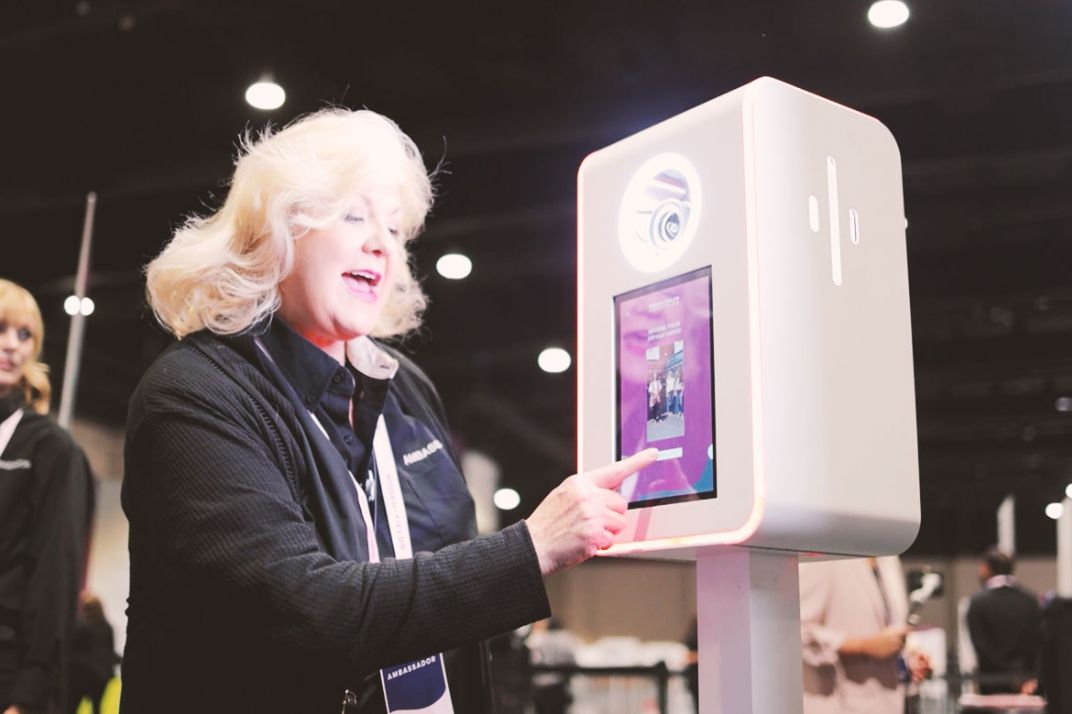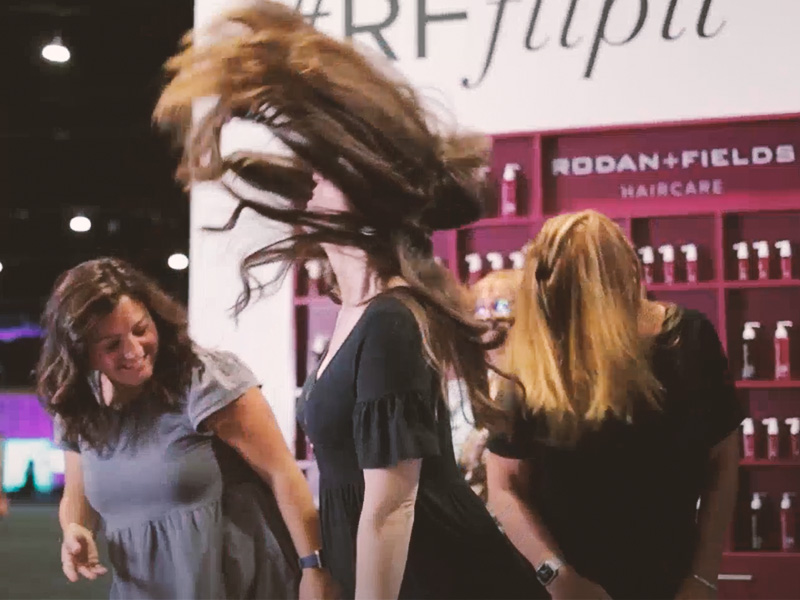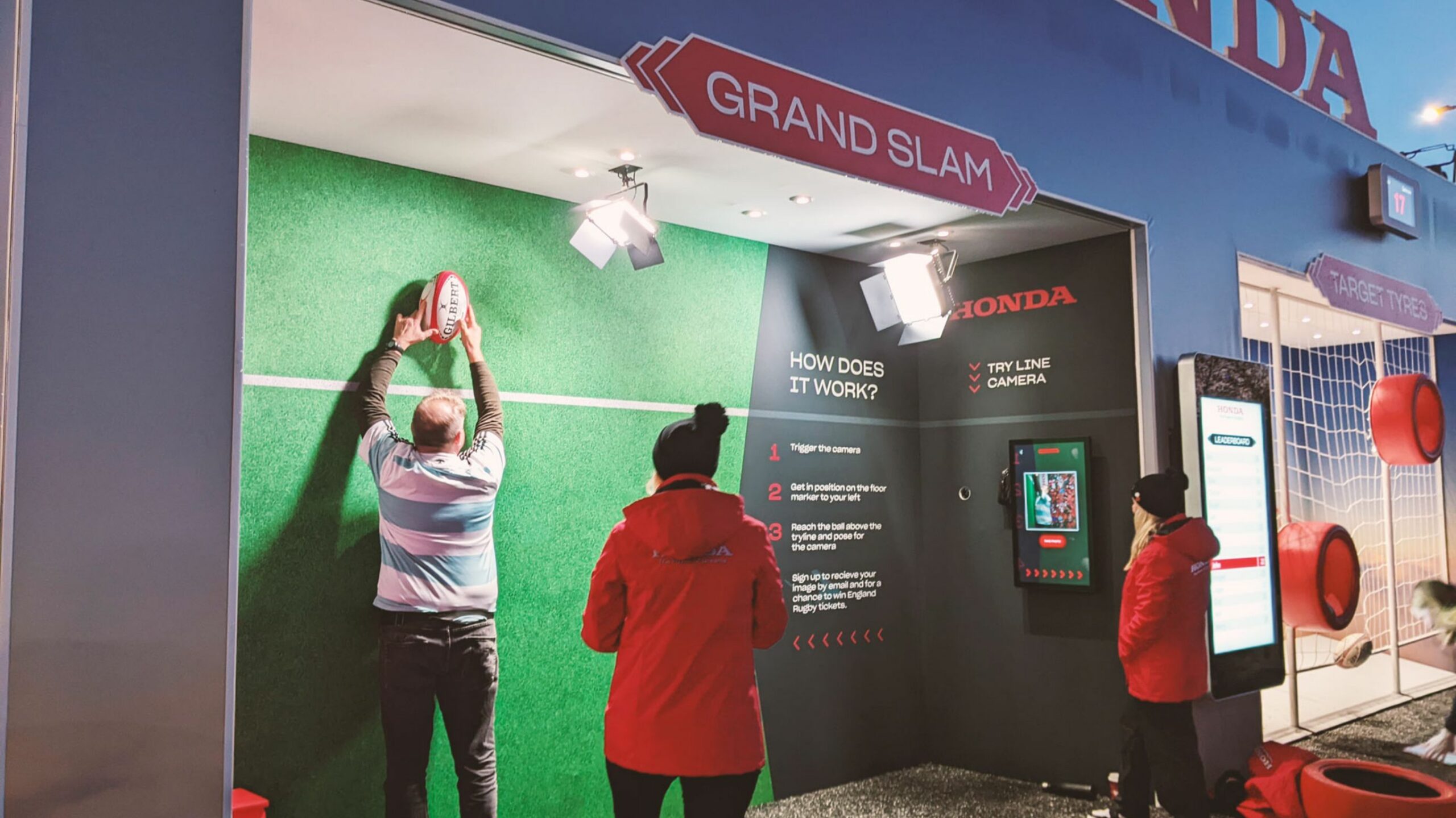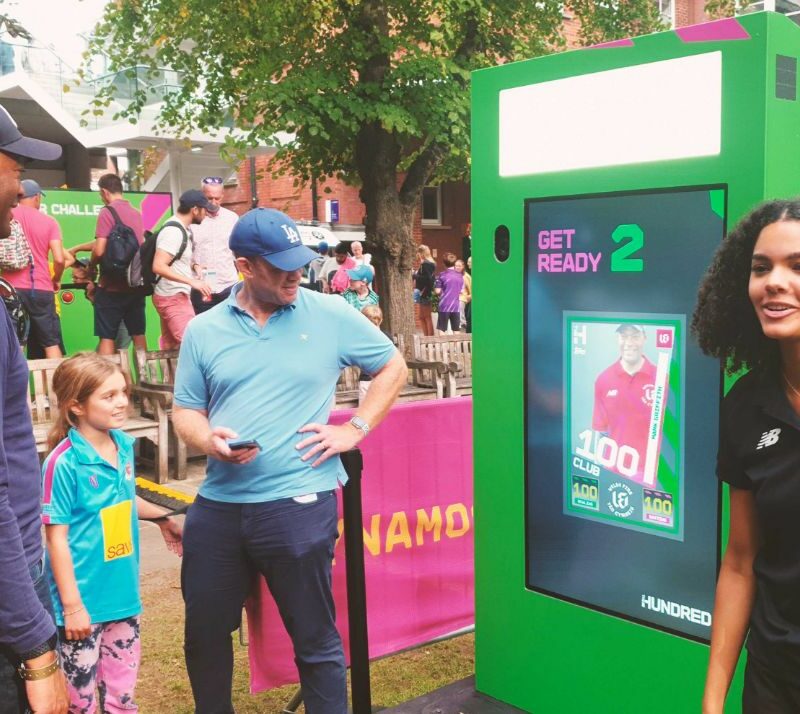17-January-2024
DO EVENT PHOTO BOOTHS HAVE ANY PLACE AT BRAND EVENTS IN 2024?
Written by Franco Boydell

Do event photobooth have any place at brand events in 2024?
Photobooths are incredibly popular brand experiences. We spend most of our days speaking to agencies and brands about event experiences. Particularly how to make them memorable and the all-important “shareable moments”. As industry professionals though, the calibre of a “photobooth” has to pretty damn high to make us want to take part.
Here lies the secret sauce that separates a rental photobooth from a true brand experience.
In this blog, we will explore the key differences, how to drive actionable data capture from participants, and the role of brand content activations within the larger marketing journey.
The difference between a Photo Booth and aa branded content experience
Photobooths have been a staple at events for years now. While they started out as quirky and unique, the market is now flooded with cheap rental solutions which are perfect for weddings, parties or generally a personal event.
The same applies within retail environments. Throughout the 2010s you may remember “passport style” booths popping up in the flagship stores of youth brands. Today this would feel dated in a “store of the future”.
But the magic is still there: customers, fans, guests and visitors still clearly love to have the chance to create or play, but a photo or video alone is no longer enough.
First and foremost, we start by workshopping the context and the objectives of the brand experience, like tying into a wider advertising campaign or featuring brand ambassador talent. There are a huge range of levers to pull, from capturing a photo with a celebrity in augmented reality, to promoting off product features or tying into a ‘challenge’ where the users scores are included as an achievement as part of their content.
Next, we plan the user journey. Here we need to know the wider context of the event, so that we can make sure that guests never feel like they’re breaking from the overall brand experience by using a solution created by a separate supplier.
How do we do this? First by designing a user interface according to a brand’s guidelines and never including the ‘powered by Xi’ logo, using a custom branded URL or email address to ensure that every touchpoint feels like it is delivered from the brand themselves.
Secondly by building the hardware into a wider scenic piece. By providing the individual components (such as a camera, PC, touchscreen, etc) rather than a freestanding photobooth unit, there is a much greater feeling of an integrated experience.
The set is also a brilliant way to make the brand content experience as visible as possible from across a venue. A standalone “pop up” photobooth isn’t going to drive crowds and queues to take part, but if the enclosure or build of the experience is clearly themed, fun and communicates why a group of people would want to take part.
Delivering Analytics and Statistics for Clients
Sometimes the purpose of a brand content experiences can simply be for fan engagement. But more often than not it is the mechanism for driving user data collection that demonstrates the best ROI, adding 100s or 1000s of email addresses or phone numbers to a client’s database over the course of an event.
A good brand experience should make collecting user’s details and marketing preferences fun, too. From understanding whether they already have an account or membership, to connecting to a clients’s CRM to automate the sharing of every piece of data captured, a branded content experience gives the opportunity to design a user journey around these objectives, compared to a photobooth with the option to collect a standalone email address.
For events that feature multiple experiences, it is also possible to track the most popular locations and usage times by comparing analytics between solutions. Additionally, further data can be collected such as sentiment analysis, gender and age tracking, and choices made by attendees, such as team selections.
Contributing to the Wider Marketing Journey
A branded content experience should not be confined to the event itself; it should have a broader impact on a brand’s marketing campaign and overall journey.
For PR-driven activations, the spectacle of the set and theatre of the experience are absolutely critical for pushing the campaign as widely as possible across multiple channels and news sources.
User registration at branded content experiences is also the perfect place to offer incentives, like Avios points, as is the case with our British Airways activation, or of course tailoring marketing messaging to attendees’ preferences.
Content generated at these events can be repurposed for wider campaigns with attendees’ consent, proving useful to advertise future events with similar experiences. Moreover, direct communication via email or SMS with attendees can drive website visits or ticket sign-ups, expanding the brand’s reach. The consented user data collected can also be used for future marketing communications, ensuring a personalised approach and a deeper connection with the audience across future communications.
Finally, for tournaments, tours or events that are expected to return the following year, the best target audience are the fans who have already bought in for the first time around, who can be re-marketed to using details from the previous experience.

Conclusion
Live brand experiences have taken centre stage since the end of the pandemic and I believe 2024 will be a year of elevation in how tech is implemented and integrated. Anyone who has worked with us will know how much we challenge a client to make the user experience as seamless as possible, this year we want to provide an unforgettable journey that extends beyond a brand event itself.
If you have an upcoming live experience you’d like to discuss or just want to hear more about what we do at Xi, drop me a line at franco.boydell@wearexi.com




